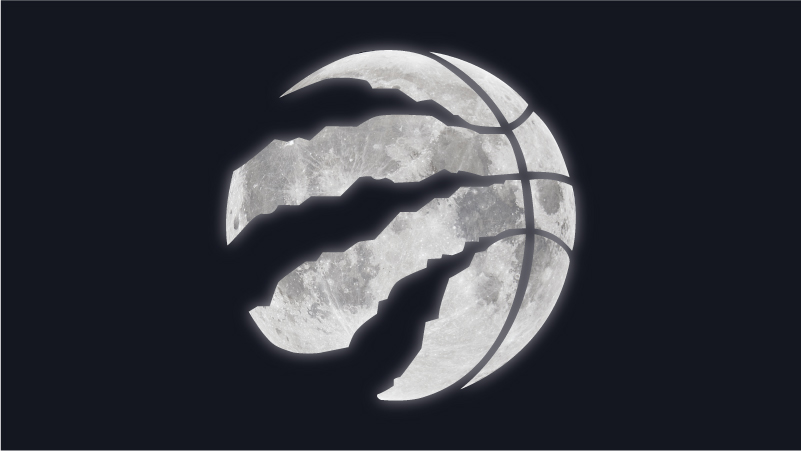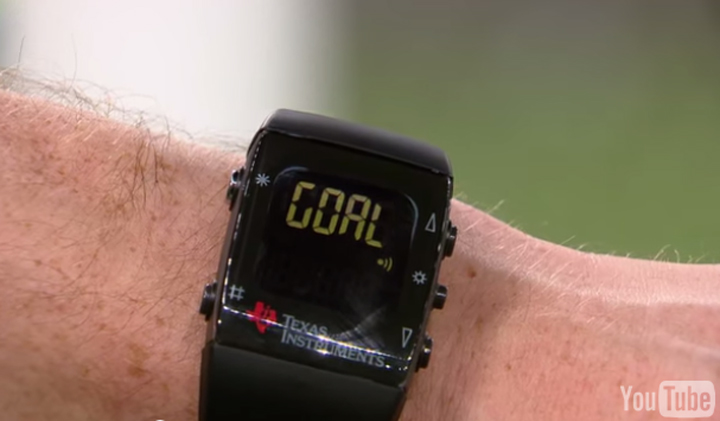TORONTO – When English midfielder Frank Lampard’s goal against Germany in the 2010 World Cup was disallowed by referees, it was a huge upset.

Lampard kicked a shot that hit the German goal’s crossbar and bounced down into the goal. Despite many arguing the aerial cameras clearly showed the ball crossing the goal line, referees ruled it did not.
But a missed call on a goal likely won’t happen at the 2014 World Cup – thanks to high-tech goal-line technology installed thanks, in part, to the Lampard non-goal.
The technology – made by German company GoalControl – uses 14 high-speed cameras located around the pitch (seven of which are concentrated on each end’s goal mount) to track the ball’s position in 3D.
“There are cameras behind the goal and in front of the goal, so that we cover 360 degrees of the goal,” said Jurgen Philipps, managing director of GoalControl in a FIFA video.
If a goal is scored, referees are immediately notified by a vibration on a specialized smartwatch.
The technology has been installed in all 12 Brazilian World Cup stadiums.
READ MORE: Explore Brazil’s World Cup stadiums through Google Street View
This is the first time FIFA has allowed this kind of technology to be used in official game play. The GoalControl technology was given the go-ahead last year after it detected all 68 goals scored during the FIFA Confederations Cup in 2013.
The system was put through rigorous testing to make sure it was advanced enough to be used.
“The ‘Slider Test’ is one of the most important tests – it tests to the millimetre the exact amount the ball is across the line. When the system activates we stop the ball roll and at that point we measure the reference point and how far the ball is past that reference point,” said Josh Richards, an engineer with FIFA accredited testing company Labosport.
“That gives an indication of how accurate the system is as a whole.”
GoalControl was also put through a test that measures the amount a ball deforms when it strikes a target wall – meant to represent a goal keeper – at different velocities.
PHOTOS: 2014 FIFA World Cup in Brazil in pictures
Researchers then measure how much the ball crosses the line depending on the deformity.
But referees still have the final say on a goal.
According to a FIFA training manual, “The technology must provide a clear indication as to whether the ball has fully crossed the line, and this information will serve to assist the referee in taking his final decision.”





Comments